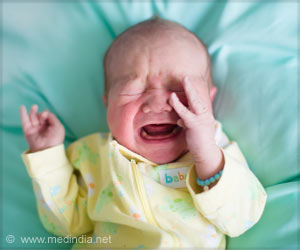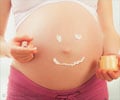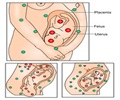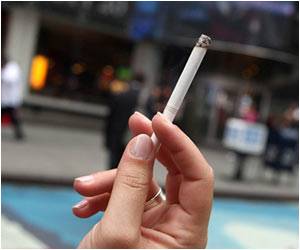Withdrawal from exposure to opioids in utero increases the incidence of Neonatal Abstinence Syndrome.
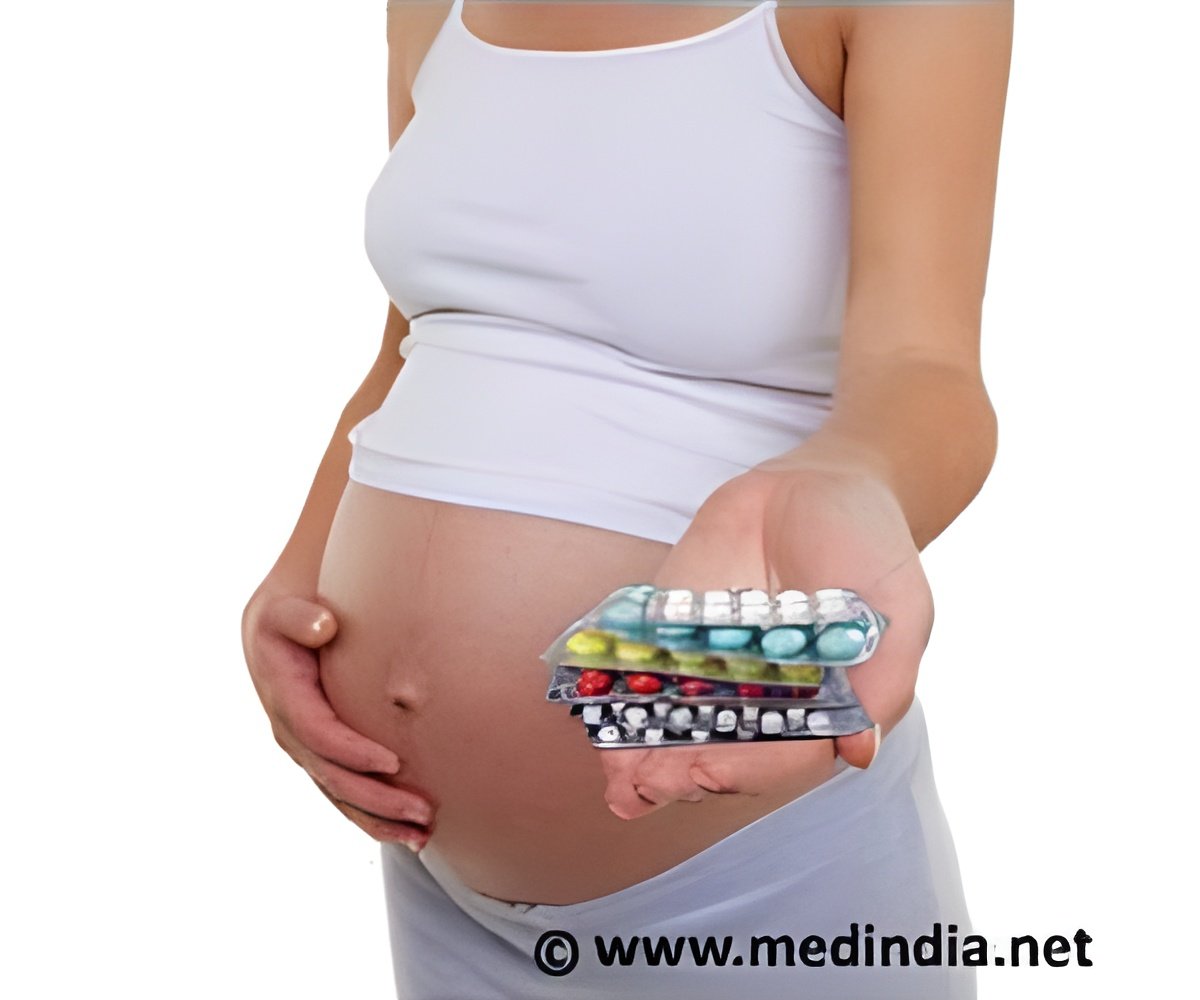
‘Maternal opioid exposure can increase the risk of an abnormal twisting of the neck called torticollis and a flattening of the head called plagiocephaly.’





"Awareness of these potential issues in this population is essential as torticollis may not develop for several months after the infant has been discharged from the hospital," says Jenny McAllister, MD, a physician at Cincinnati Children’s and co-director of the Neonatal Abstinence Syndrome Long-term Follow-up Clinic. "If preventive measures are performed, such as occupational and physical therapy, torticollis and plagiocephaly may be avoided and potentially prevent developmental delays," says Dr. McAllister, lead author of the study.
Neonatal Abstinence Syndrome
Neonatal Abstinence Syndrome (NAS) is a clinical condition that results from withdrawal from exposure to opioids in utero. The incidence of NAS rose almost five-fold between 2000 and 2012, when the national rate reached 5.8 per 1,000 live births.
The most current rate of torticollis in the general population was published in 1994 as .3 to 1.9 percent. Dr. McAllister and her colleagues at Cincinnati Children’s studied 783 infants over a five-year period. Of those with a history of NAS, 87 were diagnosed with torticollis, an incidence rate of 11.1 percent.
Advertisement
Whether opioid exposure in utero was the cause of torticollis remains unknown. Dr. McAllister says it could be that these infants have hypertonia, or a tightness of their muscles, that predisposes them to torticollis. It could also be due to their positioning and swaddle to keep them calm and happy after birth. The opioid epidemic has greatly affected the Cincinnati area. From 2012 to 2016, 29.4 per 1,000 live births had in utero opioid exposure. Of these 35.1 percent, or 10.3 per 1,000 live births, were diagnosed with NAS. In the Cincinnati area, NAS is defined as withdrawal symptoms severe enough to require pharmacologic treatment.
Advertisement
Source-Eurekalert


